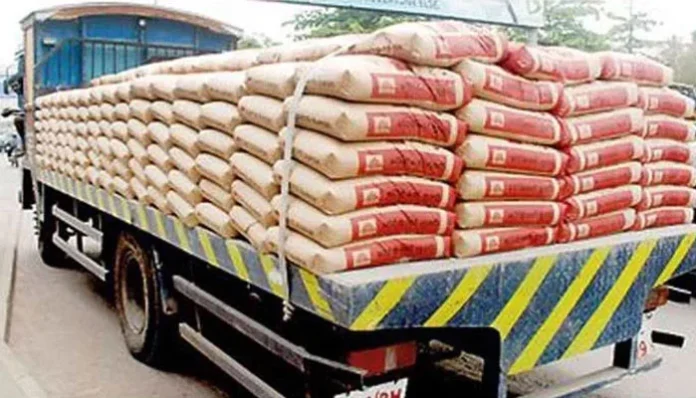LAHORE: With floodwaters inundating parts of South Punjab and moving into Sindh, industry observers expect a significant rise in demand for cement and steel in the coming months, as rehabilitation and reconstruction efforts gain pace across the affected regions.
The torrential rains and flash floods have damaged homes, bridges, and other vital infrastructure, creating an urgent need for rebuilding. Market analysts believe this will likely push cement and steel consumption upward, adding to the momentum already seen in recent months.
According to the All Pakistan Cement Manufacturers Association (APCMA), the industry despatched 3.846 million tons of cement in August 2025, a 12.45 percent increase compared to the same month last year. Domestic consumption grew by over 10 percent, while exports surged more than 22 percent. South-based mills, in particular, showed stronger growth, with local sales climbing nearly 20 percent and exports jumping 32 percent year-on-year.
Industry stakeholders say that while this growth reflects a strong market trend, the post-flood reconstruction needs could accelerate demand even further. “Whenever disasters hit, the rebuilding phase creates additional consumption of cement and steel,” said an industry insider. “Given the scale of damage this year, demand could remain robust in the next two to three quarters.”
Possible price pressures:
However, experts also warn that higher demand, coupled with supply chain disruptions and existing tax burdens, may trigger price hikes. Cement manufacturers have already been lobbying for tax relief, arguing that lowering levies would reduce construction costs at a time when millions of people need affordable housing and infrastructure rebuilding.
The APCMA spokesperson reiterated this stance, noting that floods have placed heavy social and financial burdens on communities. “Reducing taxes on cement will not only help the industry but also directly support the rehabilitation of flood victims by making reconstruction more affordable,” he said.
Steel traders are voicing similar concerns, pointing to global market volatility and rupee fluctuations that have already made imports expensive. “If demand spikes suddenly due to reconstruction, and the government does not address cost-side pressures, steel prices may climb sharply,” one Karachi-based trader warned.
Despite these challenges, the construction sector sees an opportunity in adversity. The expected surge in demand for cement and steel could help sustain industrial growth through FY25, particularly as both local consumption and exports are already showing double-digit gains.
Yet, whether this demand translates into affordable reconstruction for ordinary citizens will depend heavily on government policies. Without fiscal relief and better supply chain management, analysts caution that the cost of rebuilding flood-ravaged regions may rise steeply, placing further strain on already distressed communities.




